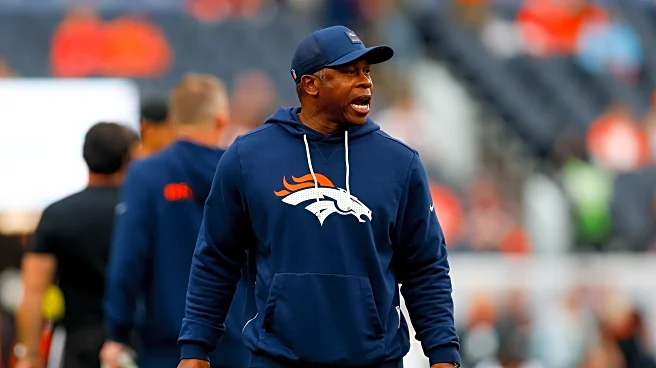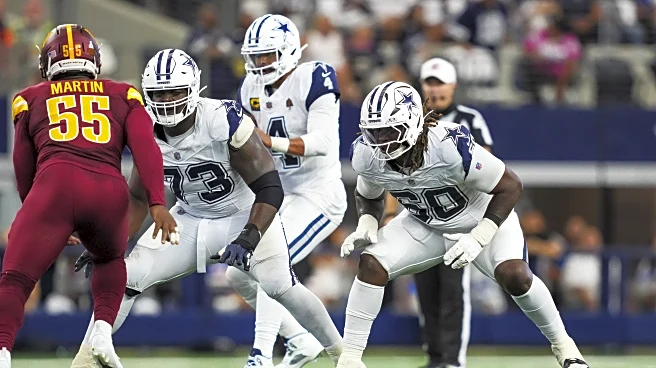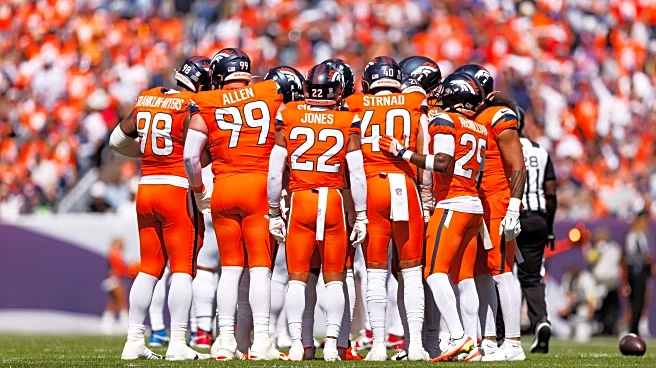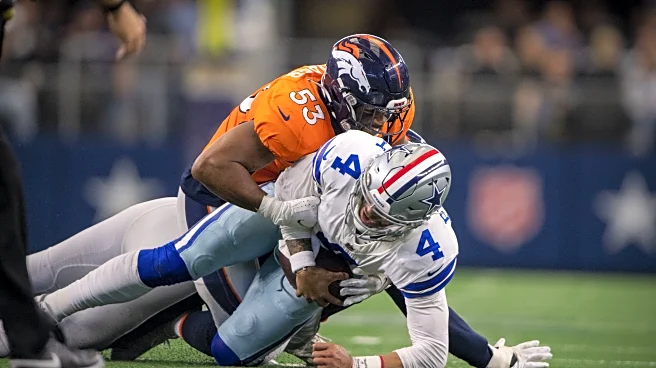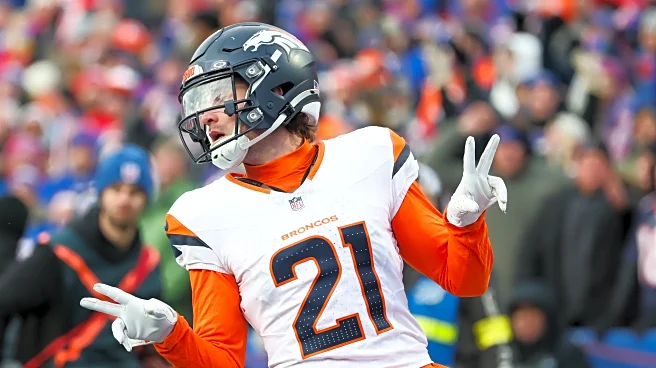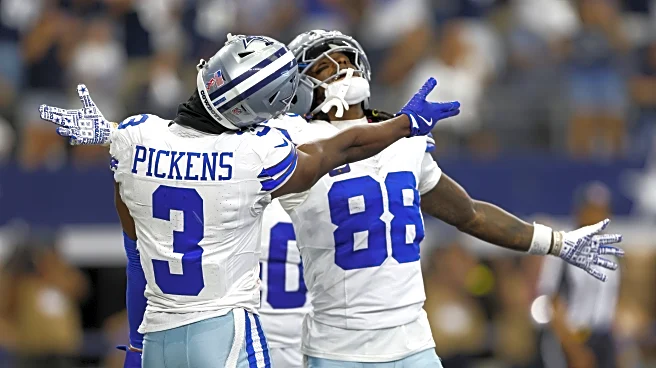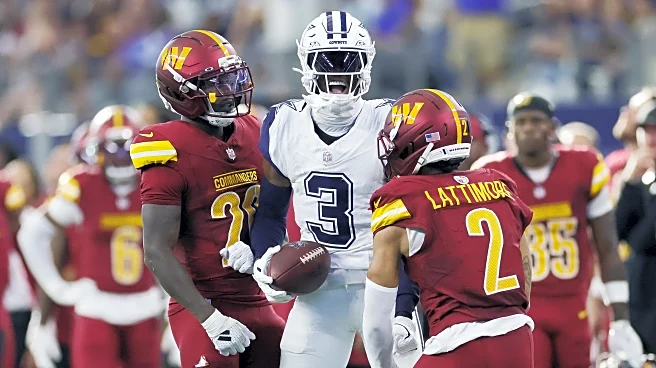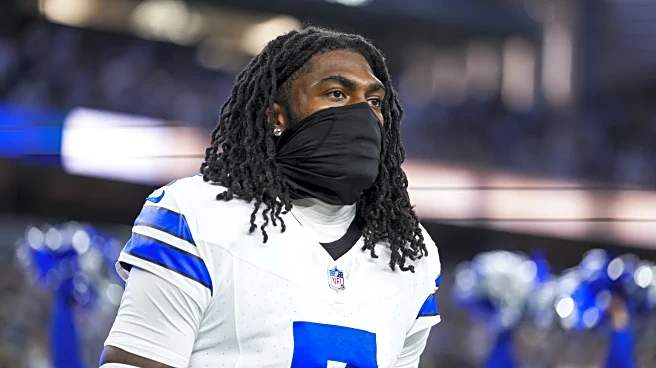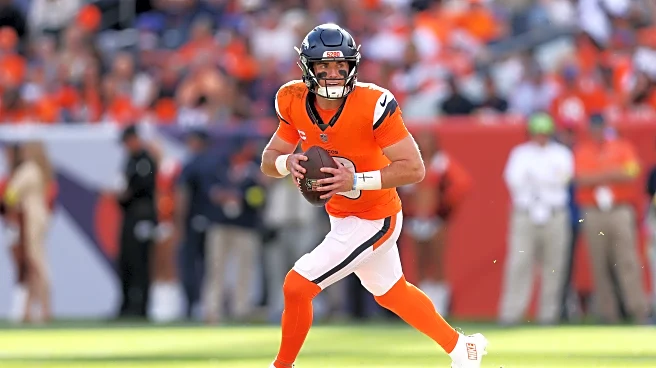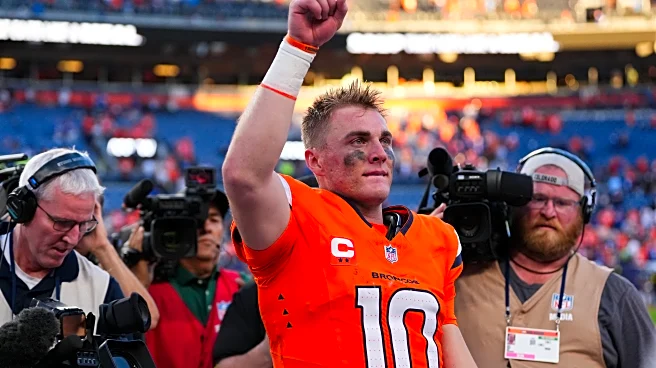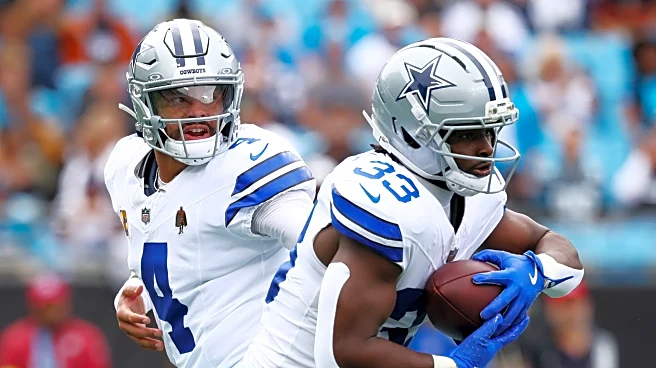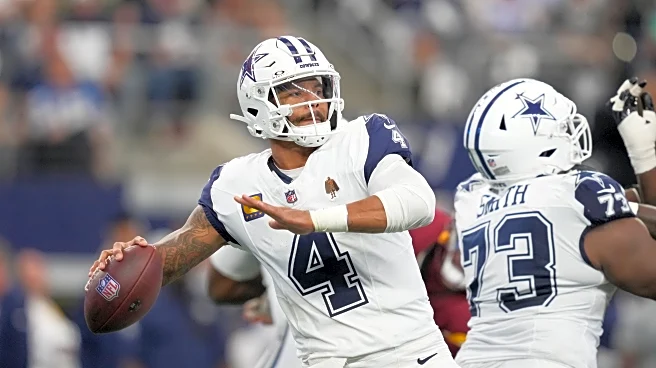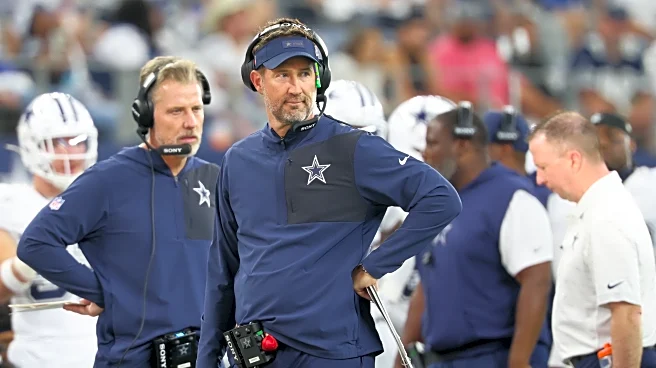Outside of the Colts, no offense is putting up better numbers right now than the Cowboys. Dak Prescott is playing at an MVP level, Javonte Williams is rejuvenating his career, and CeeDee Lamb’s return last week elevated an already stellar unit. But the road gets harder this week, as they travel west to face a really great Broncos defense.
Led by coordinator Vance Joseph, who was once the head coach for the Broncos, Denver is enjoying defensive dominance yet again. Ranked fourth in EPA/play allowed
and eighth in defensive DVOA, Joseph’s defense has remained just as good as they were a year ago.
Joseph himself is well traveled, having cut his teeth under three different former Cowboys coaches: Mike Nolan, Wade Phillips, and Mike Zimmer over the years. Watching the way he calls a defense, it’s easy to find influences of all three coaches, too. That is to say Joseph runs a varied scheme that incorporates a wide array of looks both pre- and post-snap.
There are some flavors of Zimmer in the way Joseph disguises his defense pre-snap. He’s become the king of simulated pressures, frequently bluffing multiple blitzers or pass rushers before dropping them out in coverage. Make no mistake, though, Joseph also loves to blitz for real, and he’s inherited a lot of exotic blitz packages from Phillips.
The Broncos are currently blitzing at a 35.1% rate, the fourth-highest in the league. They also lead the league in pressure rate and sacks. The blitz isn’t the only source of their pass rush, though, as Denver still leads the league in pressure rate without a blitz. That’s because of the simulated pressures that Joseph has mastered, which frees up edge rushers Nik Bonitto and Jonathon Cooper to wreak havoc.
On the back end, Joseph has become a man coverage merchant. He plays a ton of middle-of-field-closed coverages, and the Broncos actually lead the league in Cover 1. Joseph is empowered to do this because of his cornerbacks, namely Patrick Surtain II and Riley Moss. Both have been having great seasons and are perfectly capable of holding their own in press man coverage. Talanoa Hufanga has also been thriving in the box as a do-it-all enforcer for this defense.
In years past, defenses like this have been the Cowboys’ bugaboo. While Prescott is certainly capable of beating man coverage, Dallas hasn’t often had receivers (outside of Lamb) who can take advantage. Usually teams either sit on underneath routes without fear of deep shots or just overwhelm the offensive line with pressure knowing there are limited options in the passing game.
That’s what makes this matchup so fascinating.
For starters, Prescott is a machine against the blitz. But he also has arguably his best receiving corps of his career. He’s certainly never had a weapon like George Pickens, who can stress those Cover 1 schemes in more ways than one. Jonathan Mingo, who was just activated off the injured reserve, brings a similar skill set with regards to the vertical game. Meanwhile, KaVontae Turpin has the speed that can cause problems in man coverage as well.
Denver has also had success against the run, currently giving up the fifth-fewest yards per carry. They’re also allowing just 0.50 yard before contact per attempt, third-best in the league; in short, they’re getting to the ball carrier very fast. However, one interesting note is that their 3.35 yards after contact per attempt is tied for seventh-highest.
Williams, who started his career with the Broncos before losing favor with current head coach Sean Payton, enters this game as one of the best at earning yards after contact. Not only is he second in the league in rushing, Williams is also second in yards after contact per rush. He’s also tied for eighth among running backs in missed tackles forced.
All in all, Denver presents a really tough challenge defensively, but the Cowboys have the talent to take advantage of some of the Broncos’ weaknesses. It’s the kind of thing that ultimately comes down to an even mix of sound scheme and flawless execution, both of which have marked this offense in recent weeks. Doing it on the road in Denver, where altitude is a legitimate factor, is a different story.
